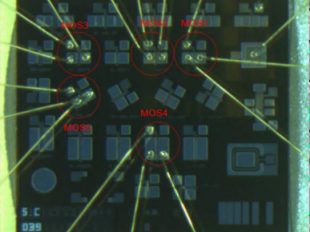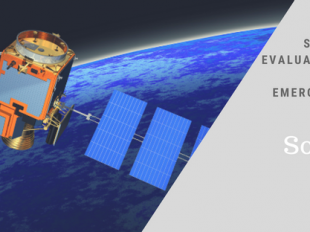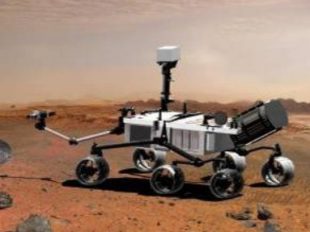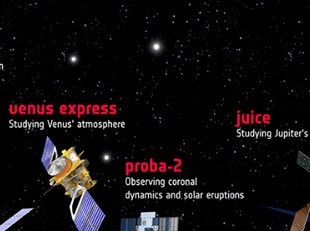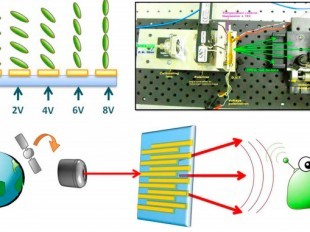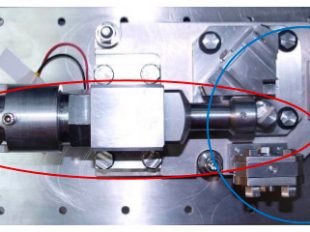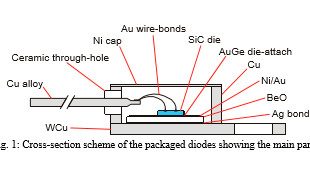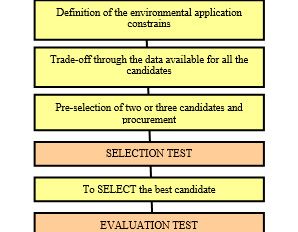There are well-known advantages to using these photonic technologies in space, such as the limited generation of noise, electromagnetic immunity,
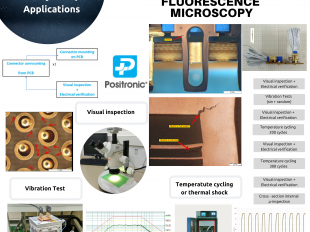
The burgeoning demand for the incorporation of disruptive technologies into space industry clearly requires fast and reliable procedures for the space qualification of these innovative components. This also entails a close collaboration between the manufacturing and...
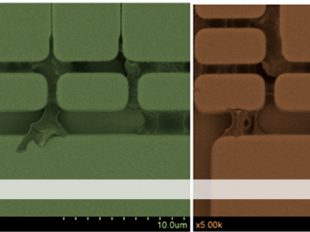
Surface contamination involving micrometric particles, microbiological agents, molecular adsorbate and others, represent a significant hazard in many areas of industry. For instance, a high level cleanliness is a critical requirement that any EEE device has to fulfil at any...


